 Your guests have clear, distinct preferences about what they order from you – so why should it be any different when it comes to how they order from you? You may serve guests who are technology phobic right alongside others who are early adopters of the latest gadgets. Neither kind of guest should feel alienated during the process of ordering from you. Whether you are accepting an order from your drive-thru, a tabletop tablet, a guest’s mobile phone, someone sitting in your dining room, or from some other source, you can earn your guests’ loyalty by providing some flexibility in how they order. When your guests place an order with you, do they feel this flexibility – or do they feel pushed in a certain direction? Can you accommodate a range of preferences without compromising order accuracy, speed and data quality? 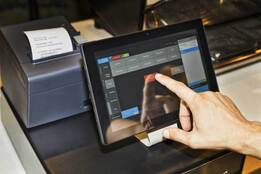 Despite the steep rise in restaurant technology that restaurants have adopted in the past two years, a majority of restaurants still have a long way to go when it comes to reaping sufficient benefits from it. According to a survey of 300 independent and small chain restaurant operators in August by Technomic (on behalf of SpotOn), while 56 percent of independent restaurants use technology to manage certain aspects of their business, 81 percent still rely on legacy POS systems. These systems are often incompatible with add-on software that can help a restaurant get a tighter handle on critical functions like cost management and staffing. They are also the nervous system of a business, so if they aren’t offering the functionality they could, any added tools will be limited in the value they provide. Before investing in any new software or tools, ensure you’re building from a cloud-based POS system that can grow with you – and more readily adapt to new technology as it becomes available.  If there is a silver lining to the past couple of years in the restaurant industry, it could be that operators have become significantly more nimble. Technology has supported this transition, enabling restaurants to monitor and measure everything from ingredient waste to menu profitability. Expect even more fine-tuning as restaurants continue to manage steep operating costs. That will include greater precision when it comes to not just ingredient use, but also the prediction of exactly what ingredients a restaurant will need in the near future. Chipotle, for one, is piloting a “cook-to-needs” kitchen management system in select California stores that provides demand-based cooking and ingredient preparation forecasts, according to a Restaurant Technology News report. The goal of the system is to help each restaurant make the most of its ordered ingredients, maximize freshness and minimise food waste. The report said the system uses artificial intelligence and machine learning to monitor ingredient levels in real time, then notifies the team how much to prepare, cook and when to start cooking. This information then feeds data collection that supports real-time production planning for each restaurant. 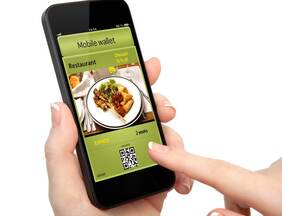 The ease with which your guests and staff can use your technology for placing and processing orders, as well as for making and accepting payment, can have a significant impact on everyone’s satisfaction. Your staff and guests will have different comfort levels when it comes to handling such tasks as navigating your menu and making a payment, or plugging a gift card into a tablet or splitting a check. Making these processes intuitive for as broad a subset of people as possible will help leave guests with a better impression, give them more confidence that they will receive the food they want, minimize the amount of time you need to spend training staff to use a new system, and can help ensure your tech is actively making your team’s jobs easier, faster and less prone to error. When you take a look at your current system, where are there snags are areas that could be improved?  Data has become increasingly valuable to restaurants, all while making foodservice businesses more appealing targets of cybercrime. According to Check Point Research, there was a 40 percent spike in cybercrime in the leisure and hospitality industry last year. Securing entry points is important to keeping information safe. A recent report from Modern Restaurant Management said legacy POS systems can be easy targets for attack. Taking action to bolster protection of every transaction at the point of sale is the most important thing you can do to safeguard your business from cyber criminals. That means having a POS with cloud-based monitoring and tech support. It helps an operator get to the root of a data breach or other problem quickly, then get back on track with minimal interruption. 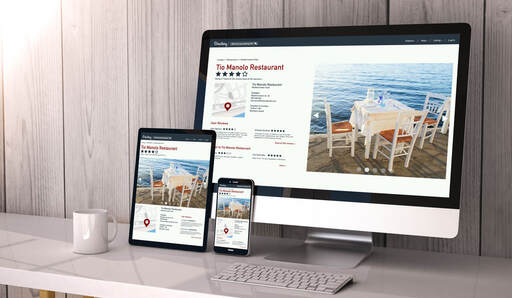 These days, so many of your guests’ interactions with your restaurant take place without even walking through your door or picking up the phone. Whether they are looking to book a table, check your future availability, order food, purchase a gift card, or simply find up-to-date information about your menu or hours, your guests rely on the functionality of your online presence. How well does yours represent your brand? Give your website a checkup to see how much it allows guests to help themselves. A recent report from The Rail advises restaurants consider using a chat widget to answer guest inquiries instead of making them wait for an email response, as well as using an FAQ section and leaning on social media to provide updates on special promotions or changes guests should know about. 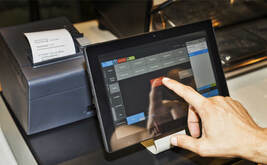 Restaurant tech has taken a big leap forward in the past few years, along with investment in new developments that breathlessly promise better efficiencies and lower costs. Amid all of these developments, it can be difficult to know what a restaurant really needs to compete right now. When in doubt, stick to the basics: one reliable POS that gives you real-time reports and offers some flexibility for adaptation down the line. As a recent report from Nation’s Restaurant News advises, it’s generally better to focus on the less-sexy tech. Systems to manage your guest data, safeguard credit card payments, and automate your training and onboarding may not make for juicy headlines, but they tend to go the farthest in protecting your information and helping you extract the insights you need from it. 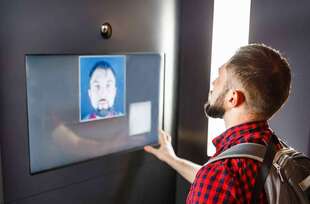 Personalized service and lower costs can go together. As operators look for ways to provide the customized approach guests want at a time when they are running with a slimmed-down crew, facial recognition is one technology gaining momentum. While the technology has been around for a while, consumers may be more open to it now as part of the wave of restaurant tech we have experienced in the past couple of years. As a recent Nation’s Restaurant News report indicates, the technology can help a guest dodge a long line, and with a glance at a kiosk, see their loyalty program profile, past orders, allergy information, accumulated rewards and payment information. What’s helpful is that the facial recognition technology can be integrated into an existing POS without being prohibitively expensive. It’s been appearing with increased frequency at quick-service and fast-casual brands, as well as entertainment venues like casinos. 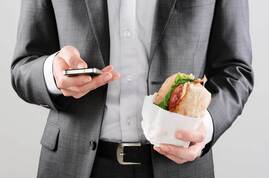 For restaurants, guest data is the key to better sales, menu development and loyalty. But in an age of increasing cyber risk, what if some guests don’t want to share their information – or are turned off when you ask for it? First, make it easy and fast for them to share it, without a lot of discussion, clicks or scrolling required. Clarify how you will and won’t be using their information – and what benefits they will receive as a result, including special discounts, shorter wait times, member rewards or customized offers. Finally, make them feel safe – not only through your use of secure technology but also by ensuring their interactions with your staff feel genuine. Collect only the information you need and reinforce your commitment to protecting their safety and privacy. |
Subscribe to our newsletterArchives
July 2024
Categories
All
|


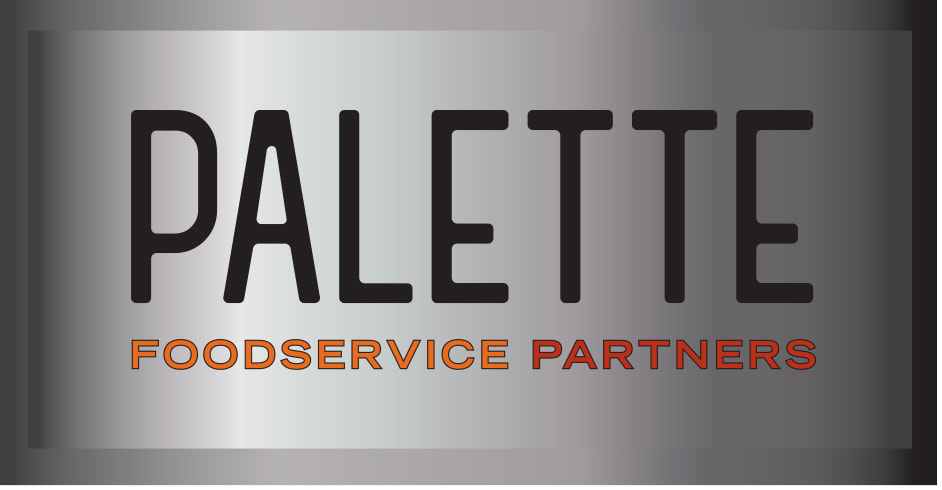
 RSS Feed
RSS Feed